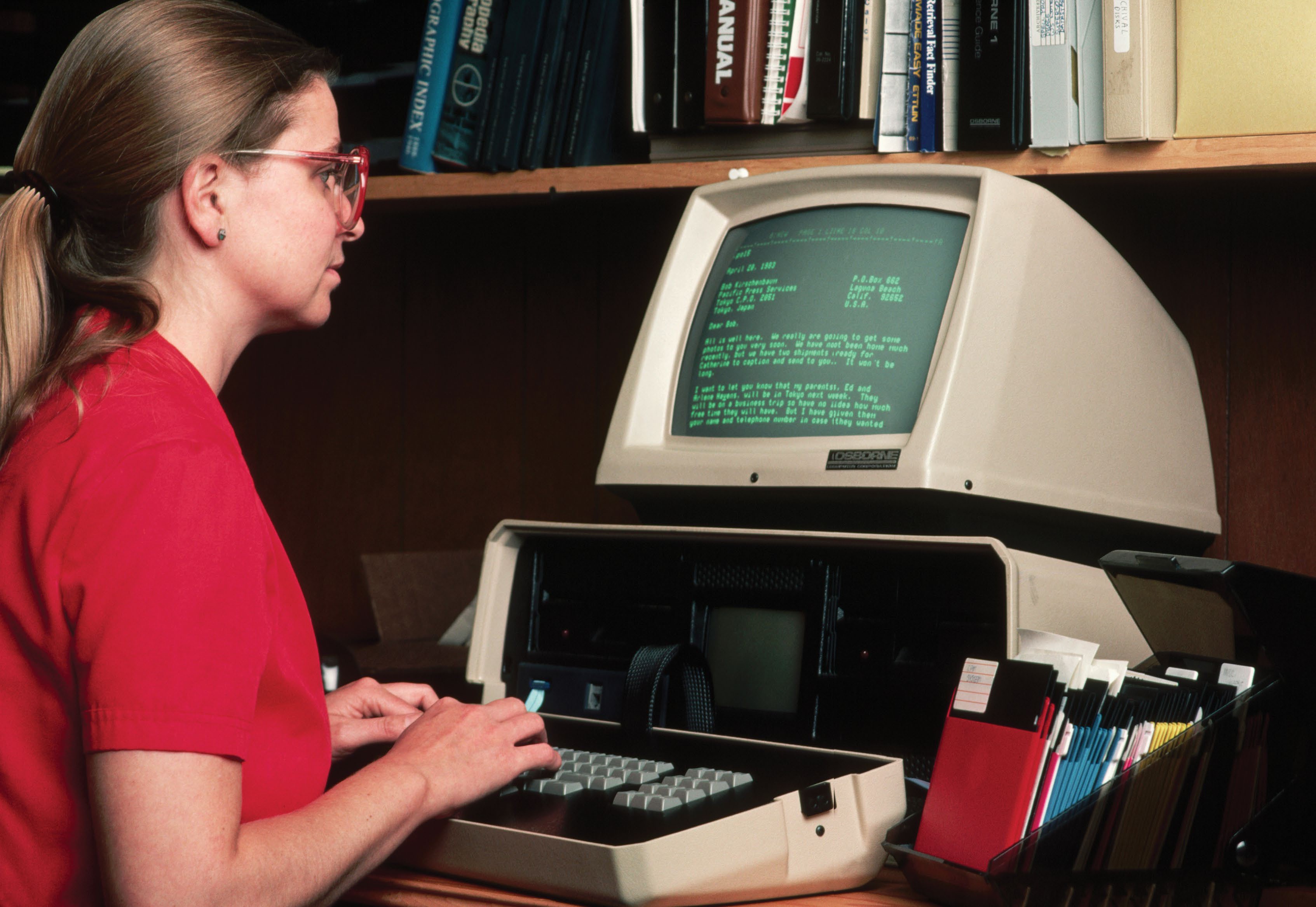RETRO COMPUTING AHEAD OF ITS TIME
JOHN KNIGHT L OOKS AT WHERE WE’VE COME FROM, AND WHERE WE’RE GOING

© GETTY IMAGES
IN THE 2020S, Our CPU speeds are measured in gigahertz. Our RAM size is measured in gigabytes. Our machines are thousands of times faster than when home computing started. It’s easy to look at how far computing has progressed and be smug. But is it possible that we think we’ve progressed further than we really have?
Try watching old episodes of The Computer Chronicles or The Computer Programme (BBC, UK) and it can be very surprising to see what they could do with technology of the past—computers that were thousands of times slower than what we have now, or just entirely different. From analog and mechanical computing, to early inter-planetary digital photography; from early multimedia, to an internet before the internet—history is full of technological sophistication, largely driven by methodologies that have fallen out of favor.
Join us as we look back through computing history at accomplishments that seem almost impossible for the tech of the day. We’ll look at computing before the modern digital age, 20thcentury technology ahead of its time, and a special look at the most tech-mad decade of all: The 80s.
ANCIENT AND NOT-SO-ANCIENT COMPUTING FEATS
Computing’s distant past is full of incredible engineering feats, with computing accomplishments that boggle the 21st-century mind. Here’s a small selection of computing feats that happened earlier than anyone would believe.
ISMAIL AL-JAZARI: ANCIENT ROBOTICS
Considered by many as the father of robotics, Ismail al-Jazari (1136-1206) designed the first humanoid “automatons,” and could also be considered as a sort of ancient open-source advocate.
In 1206 al-Jazari compiled his works into a tome dubbed The Book of Knowledge of Ingenious Mechanical Devices. Al-Jazari included meticulous diagrams on how his machines were constructed, and his book is often considered a DIY guide. While other inventors used obscure language, limiting their works to elite circles, al-Jazari used plain language that was accessible to a wider audience in the hope that others would continue his work.
Al-Jazari’s inventions were centuries ahead of European science and an inspiration to Leonardo da Vinci. Many of his creations still exist in some form today, and his inventions of camshafts and general methods for converting between horizontal and rotational movement formed the basis of the industrial revolution.
Of particular interest to scientific historians are his musical robot band and the Castle Clock. His robot band was a boat with four water-powered automatons, built to entertain guests at royal parties. Of particular note is the drummer, which was a programmable drum machine driven by pegs on cams. Rhythms could be pre-programmed by moving the positions of the pegs, which would in turn strike levers that operated the percussion. Apart from being a programmable drum machine— presumably the world’s first—it’s also considered to be the first programmable robot.
As for the Castle Clock, this was a highly intricate device that not only kept time, but would also keep track of zodiac placements, plus solar and lunar orbits. Other features included different mannequins that would appear at hourly intervals, as well as mechanized falcons that would drop balls into vases.
Of particular note to techno-historians is its ability to reprogram the length of days, in order to account for seasonal changes. This makes it the earliest known programmable analog computer.
LORD KELVIN: ANALOG COMPUTING’S HEYDAY
In 1872 British mathematical physicist Sir William Thomson (1824-1907, later known as Lord Kelvin— yes, that Kelvin!) developed a tide machine, something that would go on to be foundational to the field of analog computing in the first half of the 20th century.